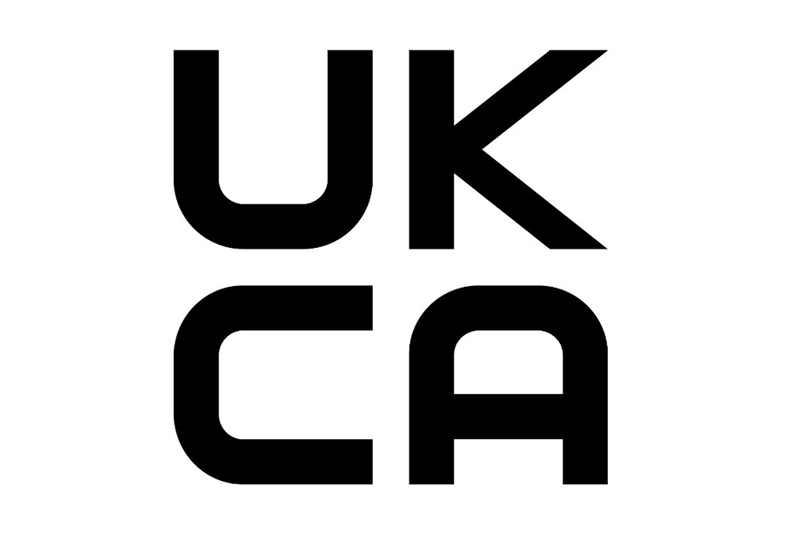
David Osborne, Managing Director of Roman, explains the change in UK legislation from CE to UKCA Marking which will come into force on 1st January 2021 and details the action that needs to be taken by manufacturers, final resellers and customers.
As the UK leaves the EU in 2021, there is a very important change in mandatory product marking. The UKCA (UK Conformity Assessed) Mark will be phased in from 1st January 2021 to replace the CE Mark in the UK (this includes England, Wales and Scotland).
This will mark a critical change in legislation for trades to be aware of. A transition period will run from 1st January 2021 to ease the changeover to the UKCA Marking which means all products placed on the market in Great Britain with the CE Mark will remain valid until 1st January 2022.
The UKCA Marking does not apply to existing stock, i.e. products manufactured and ready to place on the market before 1st January 2021. This means that the CE Marking on products manufactured and ready to place on the market before 1st January 2021 will still be valid.
The UKCA Marking is invalid for products placed on the EU market which still require the CE Marking and the same applies for Northern Ireland market which still require the CE Marking or UK (NI) Marking.
All products placed in Great Britain can have both the CE and UKCA Marking affiliated to them, providing they fulfil the associated requirements.
It is the responsibility of manufacturers to ensure their showering products conform to the standard, but the final reseller of the products (e.g. builders’ merchants, plumbers) also have a legal responsibility to ensure the products they stock, or are specifying, also conform to the standard.
There were 2014 updates for CE marking itself for manufacturers, suppliers or glass contractors, which includes production audits in addition to CE testing to prove ongoing compliance and individual product traceability over 10 years.
At Roman, every product is digitally photographed before final packaging and carries an individual product code for complete traceability. As a responsible British manufacturer of showering products, Roman carries out three main tests to ensure all showering products conform to the BS EN14428 Standard:
- A water test needs to be carried out to ensure there is no leakage of the products. This is tested with a shower valve set at the stated pressure in the enclosure being tested for a set amount of time.
- A cycle rig is also set up to test the opening and closing of the shower enclosure door. The cycle rig will open and close the door 20,000 times, which replicates a product lifecycle.
- A swing ball test is also carried out, which uses different weighted balls of up to 50kg, to swing into the shower enclosure, wetroom panel or bath screen. This test is undertaken to imitate if someone were to fall into the product – to make sure the structure is strong enough to withstand the impact (testing of glass is a pre-requisite at point of toughening).
It must be stressed that the CE/UKCA Marking is a mandatory legal requirement with enforcement. Two of the common misconceptions are that it is something that the manufacturers would resolve if there was a problem; and secondly saying that you conform is one thing, but proving you conform is actually what CE/UKCA Marking is all about.
There are still many non-compliant products out there and there are huge consequences for the seller of the non-compliant product. The internet and the lower end of the market have been prospering by openly selling a wide array of non-compliant products.
Large fines and imprisonment can be the ultimate result for knowingly selling non-conforming products, so it is strongly urged that buyers ask the right questions around CE/UKCA marking to all their suppliers.
To check whether a product carries the CE/UKCA Mark is relatively straightforward as manufacturers or suppliers must make the declaration of performance available to their customers, therefore making it available for everyone to see.
Best practice conformity is to show CE/UKCA marking details within their literature; their individual product instructions manuals; and on their website. In line with the standard, they should also display their CE/UKCA documents for each product on their website, so customers can have quick and easy access to this information.









